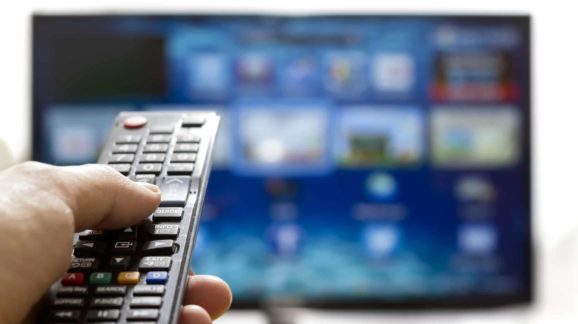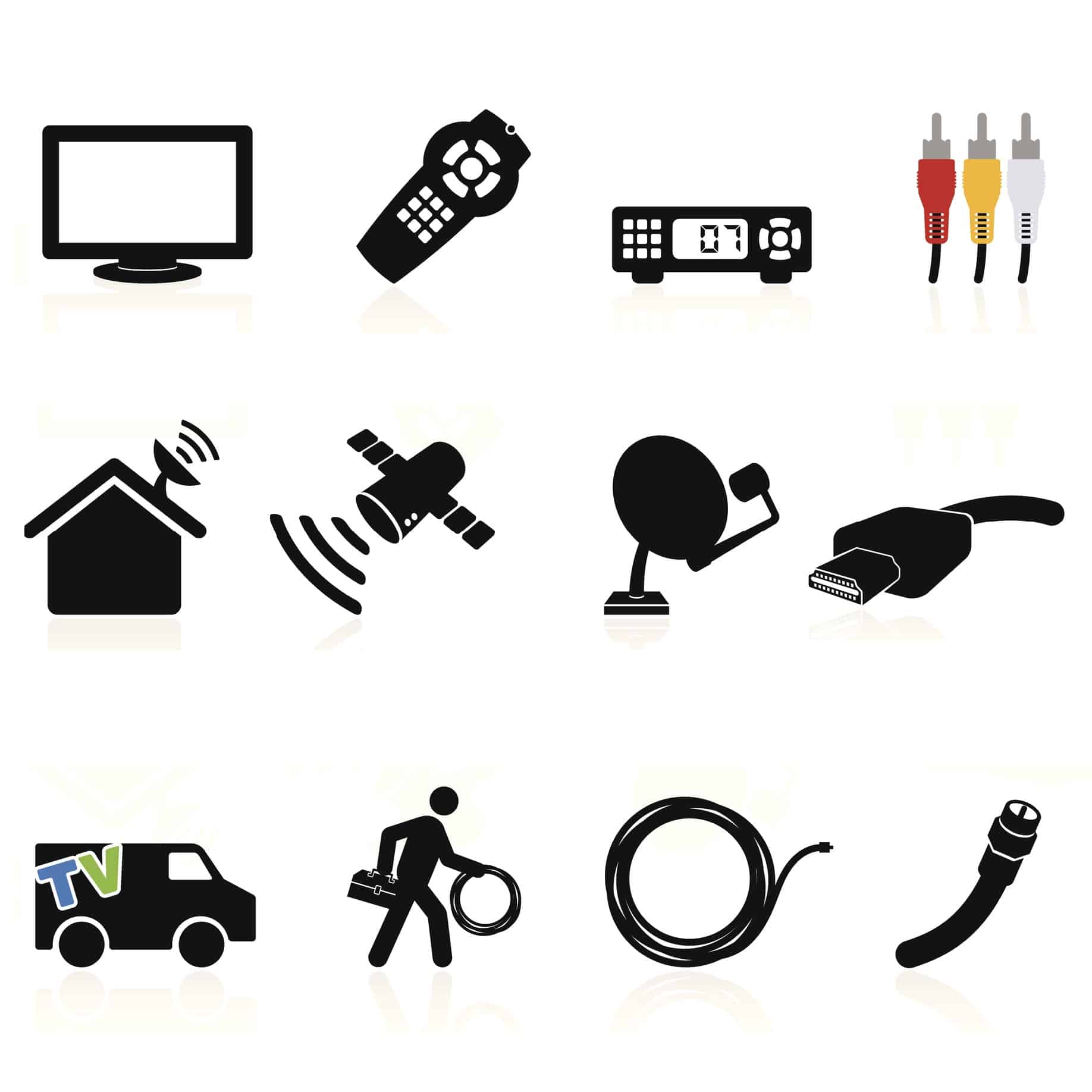Federal Communications Commission Delays Vote on Cable Box Rules


Yesterday, the Federal Communications Commission was slated to vote on a modified version of a proposal it unveiled back in February to rewrite the rules governing cable set-top boxes. Minutes before the agency was scheduled to meet, however, it announced it would not hold a vote on these rules after all—at least for the time being. We at CEI were glad to see the vote delayed; we criticized the wisdom and legality of the FCC’s plan in lengthy comments that we and TechFreedom submitted to the agency earlier this year. The filing argued that the agency misinterpreted the Communications Act in its proposed rule and that it lacks the authority to issue such sweeping rules.
In recent weeks, the FCC sought to revise its proposal, in part due to criticism from content creators, cable companies, and many other key players in the television world. Yet major concerns still loom over the FCC’s plan—the details of which the agency has yet to make public, even though a bipartisan group of key House members has urged the agency to release the text of its proposal without further delay. Even though the vote has been postponed until late October, at the earliest, the FCC maintains that it won’t release its plan until after the vote takes place.
The set-top box rule is just one of many recent FCC overreaches. In recent years, the agency has proposed or adopted a series of troubling regulations, as we’ve chronicled on these pages. In 2016, with a new administration on the horizon, the agency has accelerated its efforts to regulate the telecom and media sectors, making Congressional oversight all the more important. To this end, on September 15, the Senate Commerce Committee held an oversight hearing to examine the FCC’s activities. All five members of the Commission, including its Chairman, attended the hearing. Despite the urgings of my colleague Wayne Crews, the Senate panel did not delve into the fundamental questions that lawmakers should be asking about the FCC—such as why the nation needs an entire federal agency dedicated to regulating the Internet, or how the “public interest” is a coherent standard on which the FCC should be entrusted to rely. But the hearing did explore some important, albeit less weighty issues.
Interestingly, at that hearing, FCC Commissioner Jessica Rosenworcel expressed her concern that the FCC’s current proposal might get the agency in the business of figuring out content licenses and, as such, may not fall within the scope of the FCC’sauthority under the Communications Act. Given that the two Republican FCC Commissioners, Ajit Pai and Mike O’Rielly, dissented from the agency’s original proposal, it remains unclear whether the set-top box plan will have the three votes it needs to prevail when the FCC eventually votes on the item. Indeed, it appears that agency may have decided to postpone the vote because the Chairman released he did note have the votes needed to approve the item. If the proposal turns out to be as problematic as many of those familiar with its details have claimed, however, it would be for the best if the FCC does not move forward with its plan.
For anyone wondering why the FCC is even regulating set-top boxes in the first place, it’s because Congress added a provision to the Communications Act in 1996 that instructs the FCC to “adopt regulations to assure the commercial availability” of navigation devices used to access video programming offered by cable and satellite television companies. Twenty years ago, satellite television was just getting off the ground, while Internet-based streaming video platforms didn’t even exist—so lawmakers were worried about cable companies dominating the television market. Therefore, Congress wrote a law instructing the FCC to make sure that cable companies wouldn’t be the sole source from which consumers could buy the equipment necessary to watch cable programs on their television sets.
Fast forward to 2016, and the cable box is still around—at least for many households. Although today’s cable boxes are far more capable than the primitive boxes of the mid-1990s, for many Americans, their cable box is still a technological dinosaur compared to many of the latest gadgets. The vast majority of cable and satellite television subscribers rent a box from their television provider for a monthly fee, although roughly two million U.S. households used a TiVo set-top box as of late 2015.
But this state of affairs is changing quickly, with several of the largest cable companies moving away from rudimentary cable boxes that have few features other than displaying and recording television shows. Comcast’s X1 platform lets consumers watch the shows they record at home on a mobile device over the Internet, while both Comcast and Charter-Time Warner Cable plan to let consumers watch content without a set-top box whatsoever. Moreover, the cable box increasingly does more than merely display cable television—Comcast is updating its newer set-top boxes with the ability to stream Netflix’s immense library of movies and television shows alongside cable programming.
Rather than let the marketplace experiment with new platforms and discover better ways for consumers to access video on the devices of their choosing, however, the FCC’s current leadership seems bent on pushing through rules that would undermine the ecosystem that has allowed content creation and distribution to thrive. Fans of dramatic series or comedy shows arguably have a vastly larger and more diverse array of viewing choices available to them today than at perhaps any time in the history of television. But if the FCC’s regulations impede the ability of content owners to license their works to television distributors on terms agreeable to both parties, consumers will suffer, as both artists and the investors who finance their work will seek out other media opportunities where the government has yet to distort the playing field.
If and when the FCC’s rules are ultimately approved, and the text is released, we’ll post more details about what the regulations mean for the future of television. Stay tuned.
This post is an update of “The Future of Cable Boxes Comes up for a Vote,” published September 29, 2016.